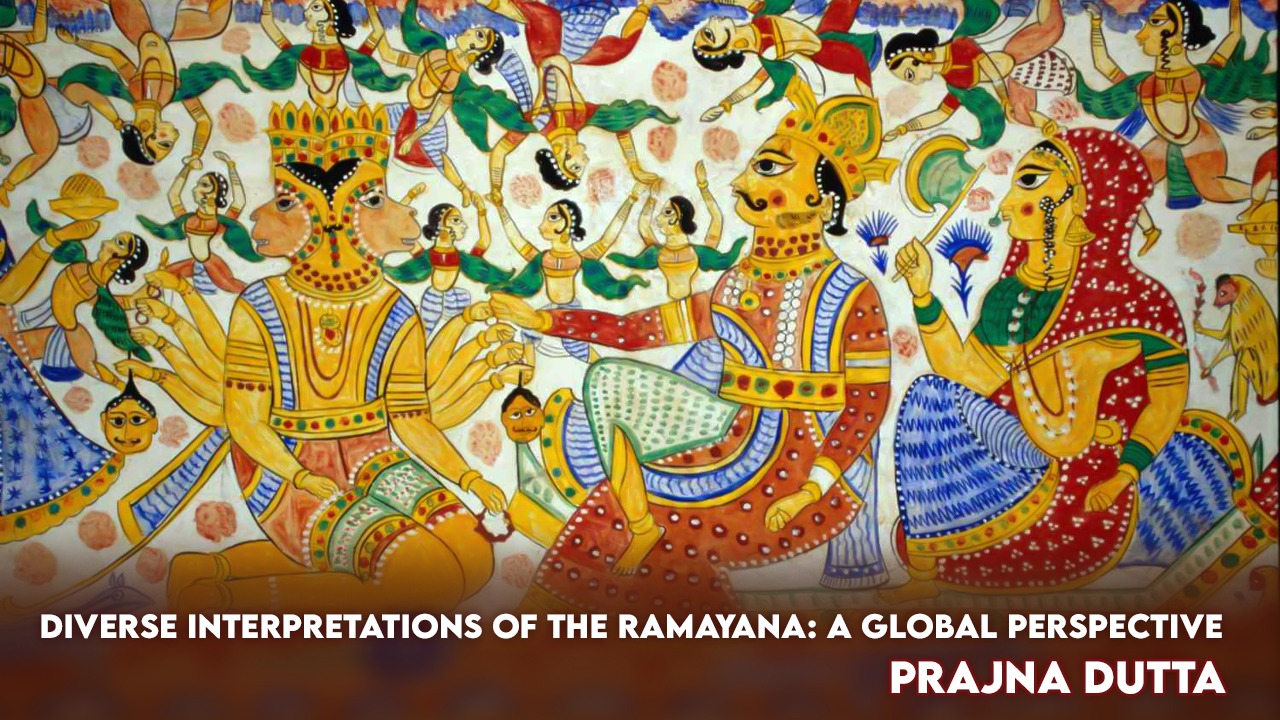The Ramayana, one of the two great Indian epics, has captured the imagination of people around the world for centuries. The timeless tale of love, devotion, and the triumph of good over evil has been retold and reimagined in various cultures, each interpretation adding new layers of meaning and cultural significance. From Southeast Asia to the Caribbean, the Ramayana has left an indelible mark on global literature, art, and religious practices, reflecting its universal appeal and relevance. This article explores the diverse interpretations of the Ramayana around the world and their impact on local cultures.
Southeast Asia:
The Ramayana has had a profound influence on the cultural and religious landscape of Southeast Asia. In countries such as Thailand, Cambodia, Indonesia, and Laos, the Ramayana has been adapted into traditional dance, shadow puppetry, and visual arts. The Hindu and Buddhist kingdoms of the region embraced the epic as a source of moral guidance and spiritual inspiration, integrating its characters and stories into their local folklore and religious practices. The Ramayana also served as a vehicle for the spread of Indian cultural and religious influences in the region, leading to the emergence of unique hybrid cultural expressions that blend indigenous traditions with elements from the epic.
In Thailand, the Ramakien, a Thai adaptation of the Ramayana, is a central part of the country's cultural heritage and is often depicted in traditional dance forms such as Khon and Lakhon. Similarly, the Cambodian classical dance tradition draws heavily from the Ramayana, with the epic's characters and episodes depicted in intricate dance dramas performed at temples and royal courts. In Indonesia, particularly in Java and Bali, the Ramayana has been reinterpreted in traditional shadow puppetry (wayang kulit) and dance-drama forms, playing a crucial role in shaping the local performing arts and religious rituals.
The Caribbean:
The Ramayana has also found resonance in the cultural and religious practices of the Caribbean, particularly among the descendants of Indian indentured laborers who were brought to the region during the colonial era. In countries such as Trinidad and Tobago, Guyana, and Suriname, the epic has been preserved and adapted within the Indo-Caribbean community, serving as a link to their ancestral roots and a source of cultural identity.
The Ramayana's influence can be seen in various aspects of Caribbean life, including religious ceremonies, music, dance, and literature. The epic's characters and moral teachings have been integrated into local folklore and religious rituals, contributing to the rich tapestry of Caribbean cultural expression. In Trinidad and Tobago, for example, the annual Ramleela festival reenacts episodes from the Ramayana, showcasing the enduring relevance of the epic in the lives of the local population.
Contemporary Interpretations:
In addition to traditional retellings, the Ramayana continues to inspire contemporary reinterpretations in literature, theater, and popular culture around the world. Authors, playwrights, and filmmakers have sought to adapt the epic to address modern concerns and explore universal themes such as love, duty, and the nature of good and evil.
In India, modern retellings of the Ramayana have explored the epic from feminist, Dalit, and LGBTQ+ perspectives, offering alternative narratives that challenge traditional interpretations and hierarchies. Internationally, the Ramayana has been the subject of academic research, scholarly analysis, and creative reimaginings that seek to engage with its timeless themes in new and thought-provoking ways. For instance, Indian author Amish Tripathi's "Ram Series" presents a reimagined version of the Ramayana, blending mythology with historical fiction and fantasy elements to create a gripping narrative that resonates with contemporary readers.
Furthermore, the Ramayana has also made its mark in popular culture, with adaptations in the form of television shows, animated films, and graphic novels appealing to audiences worldwide. These adaptations often cater to a younger audience, introducing them to the epic's timeless values and ethical dilemmas in accessible and engaging formats.
In the Western world, the Ramayana has been the subject of scholarly study and artistic exploration, with academic institutions and museums hosting exhibitions and conferences that delve into the epic's cultural, historical, and literary significance. Contemporary scholars and artists have drawn inspiration from the Ramayana to explore themes of diaspora, identity, and cross-cultural exchange, highlighting its relevance in an increasingly interconnected global society.
The global resonance of the Ramayana underscores its enduring relevance and universal appeal, transcending geographical and cultural boundaries to inspire diverse interpretations and creative expressions. Its adaptability and capacity to evolve with the times have allowed the epic to remain a living tradition, continually enriching and being enriched by the cultures it encounters.
As the world continues to change and evolve, the Ramayana's ability to adapt and resonate with new audiences ensures that its legacy will endure for generations to come. Whether in Southeast Asia, the Caribbean, or beyond, the Ramayana's timeless message of righteousness, sacrifice, and the triumph of good over evil continues to captivate and inspire people from all walks of life, embodying the enduring power of storytelling to unite humanity across cultures and generations.

Comments